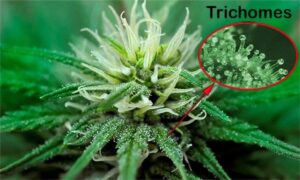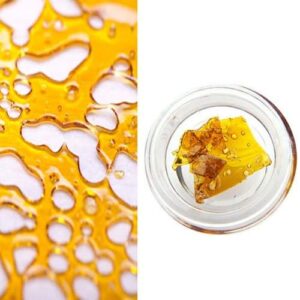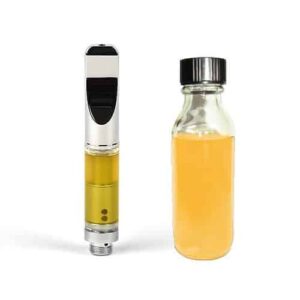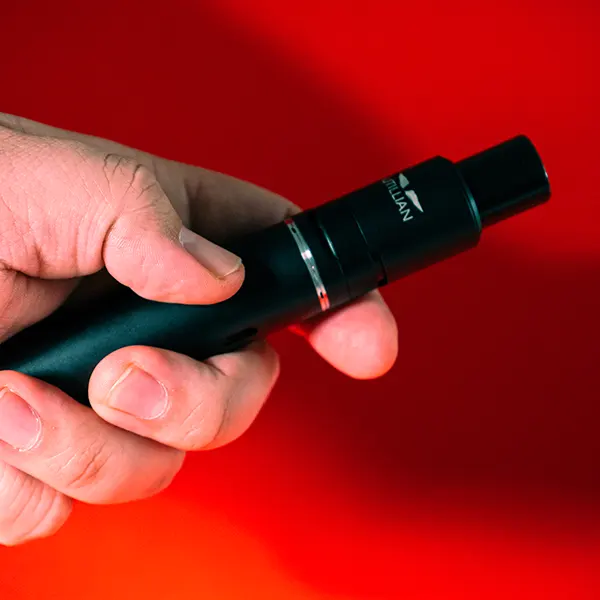It’s no secret that cannabis extracts and concentrates are all the rage in the industry currently. Concentrates such as dabs, oils, crumble; shatter, wax, and so on are directly linked to the successes of countless patients overcoming debilitating, life-threatening diseases. Other terms for concentrates are sap, budder, pull-and-snap, and so on. Right off the bat, one of the biggest misconceptions that many people have about cannabis extracts is that they often us BHO, or butane hash oil, as a catchall term to describe all concentrates. This is not only inaccurate, in that only some extracts are produced using butane, but there are many other different extracts – not just oil. Keep reading for much more info on various extraction methods later on in this article.
Recreational users can legally obtain concentrates and get similar effects as consuming dry flowers with significantly fewer vape hits. In addition to this saving users and patients money, in the long run, it’s a lot healthier to vape than it is to smoke anything. As you probably already know, vaping involves heating your product to the point that’s past combustion, so there is no inhalation of smoke of any kind.
When producing concentrates, the way the concentrates are obtained is usually either one of two ways. At this time, butane solvents and CO2 solvents are the most widely used methods. There is an unfortunate amount of misinformation about what extracts are and what they aren’t, and far too many misconceptions – especially online. Our aim is to help do our part change that with this blog post, so grab your favorite dab and your Dr. Dabber Switch, and buckle up.
Contents
What are Cannabis Concentrates?
To understand what cannabis extracts are, first, we must understand what is exactly being extracted from the cannabis plant into your waxes, oils, dabs, etc. Densely packed clusters of material resembling tiny mushroom-shaped crystals are packed into the flowers of mostly female cannabis plants. These clusters are known as trichomes, and contain compounds known as cannabinoids. Cannabinoids are specific to the cannabis plant, and there are over 100 of them that we know of so far, the most famous of which is the psychoactive THC or therapeutic CBD.
When it comes to the extraction process of cannabis plants, trichomes are fat-soluble lipids; so using water is not at all effective in removing desired cannabinoid-containing trichomes. Instead, extraction labs must use what is known as a solvent to remove the cannabinoids effectively. The most commonly used solvents are butane and carbon dioxide, but alcohol and ethanol are used as well.
How to use Butane Hash Oil?
Butane Hash Oil (BHO) is made using butane as a solvent to extract cannabinoids. The process uses either fresh or dried and cured flower. When fresh flowers and other parts of the cannabis plant are used, it is referred to as live resin. Butane extraction processes are attractive startup cannabis business because the equipment that is necessary is rather inexpensive. There is a debate in the legal cannabis world as to which solvent is the best and delivers the most pure, with a common consensus being that CO2 extraction methods deliver a cleaner and more pure end product than that of butane. Butane extraction methods tend to be less expensive to startup and maintain, and produce larger yields on average than CO2 methods. Largely, it comes down to individual taste and opinion at the end of the day.
Even though the necessary equipment involved is on the less expensive side, with little start-up costs, butane solvent extraction methods have come with a tiny yet dangerous risk. There have been at-home amateurs that have caused significant explosions because they didn’t know what they were doing with butane extraction. The cause of this is the fluids and gases involved in the butane solvent process were not used in a closed-loop system, and were exposed to the air in the room. Because of this, very dangerous accidents have happened. These accidents are extremely rare, but they can happen if people don’t know what they are doing.
It’s a real shame that these accidents occur at all – because while they are rare, they unfortunately reflect poorly on the cannabis industry as a whole. There are countless cannabis professionals producing high-quality medicine every single day that never have any issue. But leave it to one or two apples to spoil the bunch, which can happen. This is yet another reason why accurate information about cannabis and more scientific research on the plant medicine is crucial for the continued growth of the industry. As we see more and more restrictions on cannabis removed worldwide, we will hopefully also see more research done on these medicinal concentrates. Establishing industry standards for cannabis businesses to follow and adhere too is crucial for the future of both the medical and recreational sectors of the industry.
Supercritical CO2 Cannabis Concentrates Method
The other most widely used way to produce cannabis concentrates is called Supercritical CO2 extraction. Altering the chemical structure of carbon dioxide is at the core of this process, as supercritical refers to gasses that convert into liquids under extreme pressure. To achieve this, cannabis lab pros apply intense pressure to CO2, which liquefies it. Then, the CO2 is placed under extreme cold and the solution comes into contact with the cannabis plant inside of the machine, squeezing out all of the good stuff. After that, the concentrates are brought back up to room temperature, of course meaning that the carbon dioxide eventually evaporates. Most concentrate lovers seem to think that CO2 methods produce a product that has a better overall flavor and that the individual plant characteristics shine through. These flavor and taste characteristics are known as cannabis terpene profiles. Some people think that the CO2 method can only produce oils, but this isn‘t the case. It all depends on the level of pressure and temperature of the CO2 that determines the consistency of concentrates.
Are Cannabis Concentrates Safe?
Rather than fully educate themselves on what concentrates are and what they aren’t some media outlets ran sensationalist headlines about one cannabis concentrate, shatter supposedly being called the “crack of pot.” This is due in large part because of some dab rigs requiring blow torches to use, and the fact that concentrates like shatter are extremely high potency. They are also relatively new, so some people are still scared of what they don’t understand. Comparing any form of cannabis to crack is absurdly ignorant.
Let us know what you think! What is your favorite concentrate?
Stay tuned for more awesome reviews just like this one! Follow us on social media for updates and to be entered to win prizes! Until next time, it’s 4:20 somewhere!




